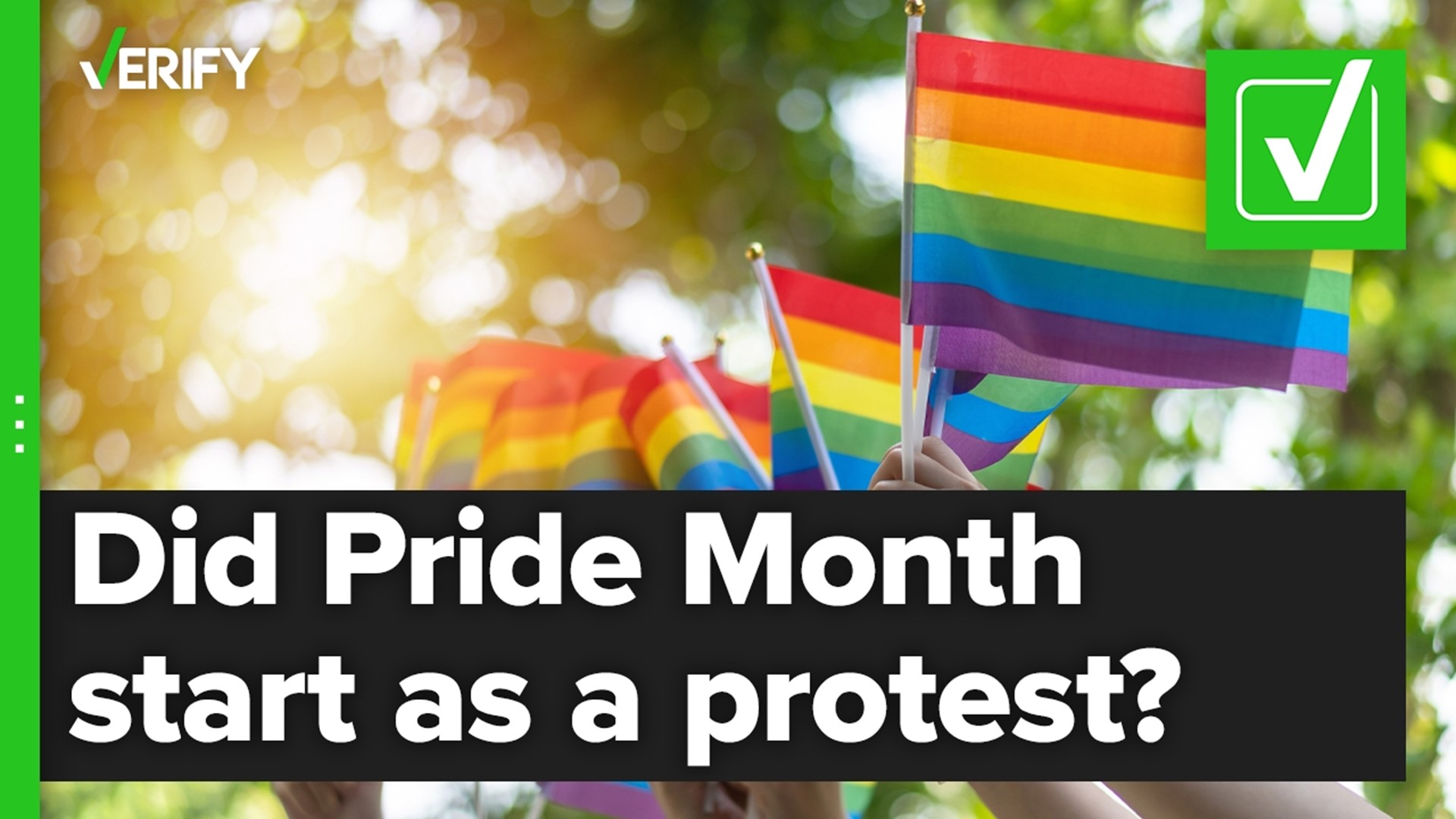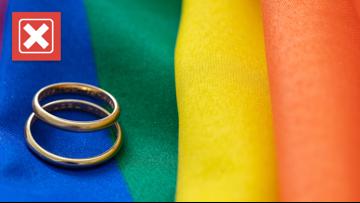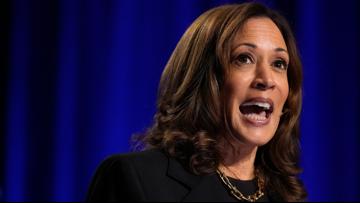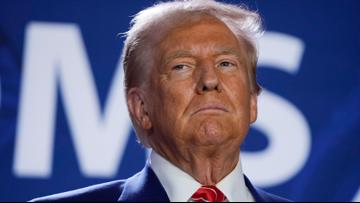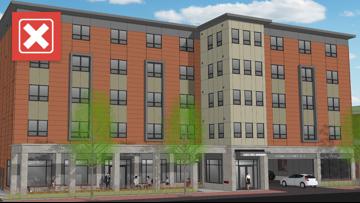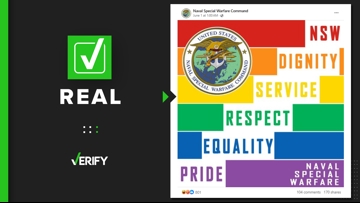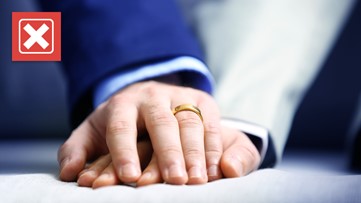June is LGBTQ+ Pride Month, a celebration of visibility, equality and self-affirmation for the queer community. Many cities and organizations celebrate with parades, streets lined with rainbow flags and themed events.
While Pride is now a joyous and celebratory occasion, many social media users have claimed that it began as a protest against police brutality.
THE QUESTION
Did Pride Month begin as a protest against police brutality?
THE SOURCES
THE ANSWER
Yes, Pride Month began as a protest against police brutality.
WHAT WE FOUND
Pride Month is a celebration, but it didn’t begin that way. The Office of Equity and Inclusion for the City of Asheville, North Carolina, says the “first Pride was a protest against police brutality and oppression.” Now, Pride Month is celebrated each June in recognition of the 1969 Stonewall uprising.
The Stonewall Inn in the Greenwich Village neighborhood of New York City was one of the area’s most popular gay bars in 1969, according to the Library of Congress.
During that time, homosexuality was defined as a mental illness and some state sodomy laws were rewritten to target same-sex couples, according to the American Civil Liberties Union (ACLU). Bars and restaurants could also be shut down for having gay employees or serving gay patrons.
Police often raided gay bars from the 1950s through 1970s, the Library of Congress says. The raid by New York Police Department officers at Stonewall on June 28, 1969, was one in a pattern of harassment against LGTBQ+ establishments.
As police raided Stonewall, the crowd began “chanting and throwing objects” while employees and patrons were arrested, the National Park Service’s web page on the Stonewall National Monument says. The uprising at Stonewall continued throughout the night of June 28 and for the following six days as protesters fought back against the police outside the bar, in nearby Christopher Park and along neighboring streets. At one point, the crowds included several thousand people.
Some people were injured during the uprising and 13 were arrested, according to the ACLU.
Both the ACLU and City of Asheville noted that the uprising was led largely by transgender women of color, including activists Marsha P. Johnson, Miss Major Griffin-Gracy and Sylvia Rivera.
The first Gay Pride Liberation March took place in Manhattan in 1970, according to the Stonewall Veterans’ Association. Its main purpose was to “commemorate and celebrate the one-year anniversary” of the Stonewall rebellion. There were thousands of people at the first Pride march and those numbers are in the millions today.
While many people refer to Stonewall as “riots,” veterans of the protest say they prefer the term “rebellion.” Police initially used the term “riots” to justify their use of force against protesters, and the LGBTQ+ community didn’t use that term until years after the fact, the Library of Congress says.
June was officially designated as Pride Month when former President Bill Clinton issued a formal proclamation on June 11, 1999, recognizing it as “Gay & Lesbian Pride Month.”
Ten years later, former President Barack Obama also issued a proclamation for Lesbian, Gay, Bisexual and Transgender Pride Month to celebrate the contributions made by LGBTQ+ Americans and acknowledge broader issues like the HIV pandemic.
